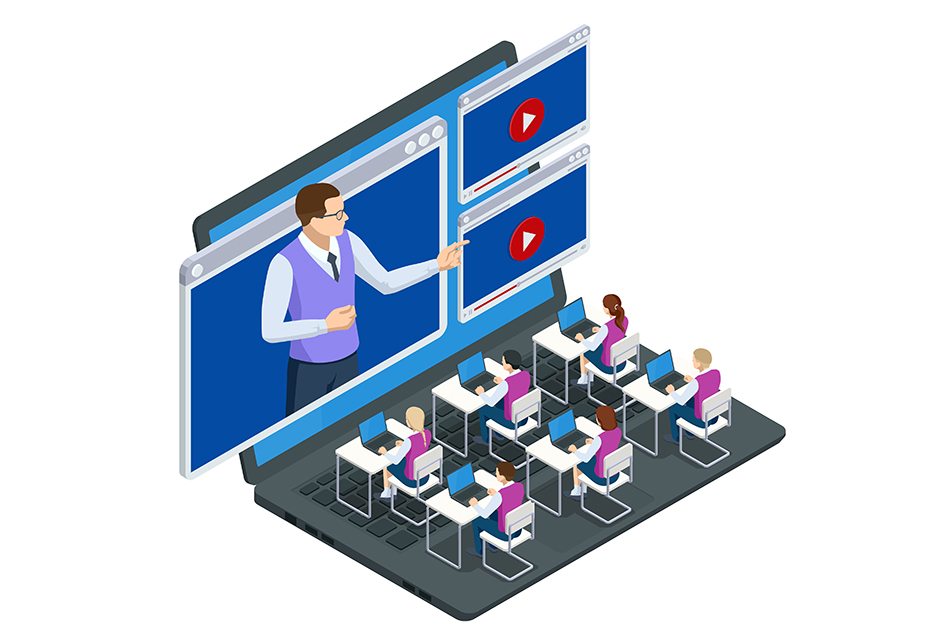The recent breach of PowerSchool, a widely used student and teacher management software platform, is a stark reminder of the precarious state of cybersecurity in the U.S. education sector. With data stolen from K-12 districts, including information on minors, this incident demonstrates that threat actors will target some of society’s most vulnerable individuals to achieve their outcomes.
PowerSchool’s cloud-based systems serve over 55 million students and 17,000 educational customers in more than 90 countries, making the breach both a national and global concern. Among the compromised data are details that could have serious implications for students and teachers under any type of legal protection order. Personal information in the hands of threat actors can jeopardize their safety, potentially exposing their locations or identities to those from whom they are legally protected. These grave consequences are compounded by the way stolen data is handled in the cybercrime ecosystem, where it often changes hands multiple times and creates further risks.
Stolen Data: Ripple Effects and Real Risks
While PowerSchool has attempted to downplay concerns, asserting that they do not expect the stolen data to be made public, such assurances offer little solace. Stolen data often traverses multiple actors, each with their own motivations. Even if the data is not publicly released, the likelihood that it has already passed through the hands of various malicious threat actors cannot be ignored.
Once in circulation, control over such sensitive information is virtually impossible to maintain. In many cases, stolen data appears on the dark web, where it is sold, traded or exploited by cybercriminals for a range of purposes. For students, this could lead to identity theft that impacts them well into adulthood, while teachers may face financial or personal risks if their information is misused.
Adding to the complexity is the timeline of the breach. Reports from system administrators within affected districts suggest that malicious actors may have had access as early as December 22, 2024, through a compromised PowerSchool maintenance account. This indicates that the breach went undetected for weeks before being publicly disclosed. Such a lag in detection and response reflects unsettling gaps in monitoring and incident management, underscoring the need for more robust cybersecurity protocols.
Transparency, Trust & The Role of Vendors
Ironically, PowerSchool had been a visible participant in initiatives aimed at improving cybersecurity in the education sector. As recently as August 2023, the company partnered with a White House-backed program to bolster school cybersecurity. This breach raises an uncomfortable question: can vendors entrusted with securing the nation’s educational systems effectively secure their own environments? Before offering solutions to others, companies like PowerSchool must ensure their cybersecurity posture is robust enough to withstand attacks.
The lack of transparency from PowerSchool exacerbates the issue. The company has not provided detailed insights into how its systems were compromised, leaving educational institutions and their system administrators to fill in the gaps through their own investigations. For a SaaS provider entrusted with safeguarding sensitive data, this lack of communication is troubling. Greater transparency from PowerSchool—both in understanding the breach and in sharing actionable insights—is essential to restoring trust with stakeholders and preventing similar incidents in the future.
Building a Resilient Future for Education Cybersecurity
This breach should be a wake-up call for the education sector and its technology partners. Protecting the personal information of students and teachers is not just a technical requirement; it is a moral imperative. The stakes are too high, and the consequences of inaction or insufficient preparation are far-reaching. Educational institutions must demand more from their third-party vendors, ensure their cybersecurity measures are up to standard and continually reassess their vendors holding their staff and student data.
Moving forward, systemic reform is needed to strengthen cybersecurity across the education sector. Vendors like PowerSchool must adopt more rigorous monitoring protocols, enhance incident response capabilities and collaborate closely with educational institutions to ensure best practices are implemented. Schools, in turn, should evaluate their own cybersecurity frameworks and push for greater accountability and transparency from their technology partners. CISA provides well-documented and practical advice for the private sector to strengthen their networks to avoid cyberattacks. All organizations should use this free advice to ensure they are a more challenging target for threat actors.
The PowerSchool breach offers a critical lesson: cybersecurity is not a static checklist but a dynamic process that requires constant vigilance, adaptation and collaboration. By embracing this mindset, we can better protect our most vulnerable populations and ensure the integrity of our digital ecosystems. Let’s hope PowerSchool uses this experience as a catalyst for improvement, fostering greater transparency, collaboration and resilience in the years to come.
